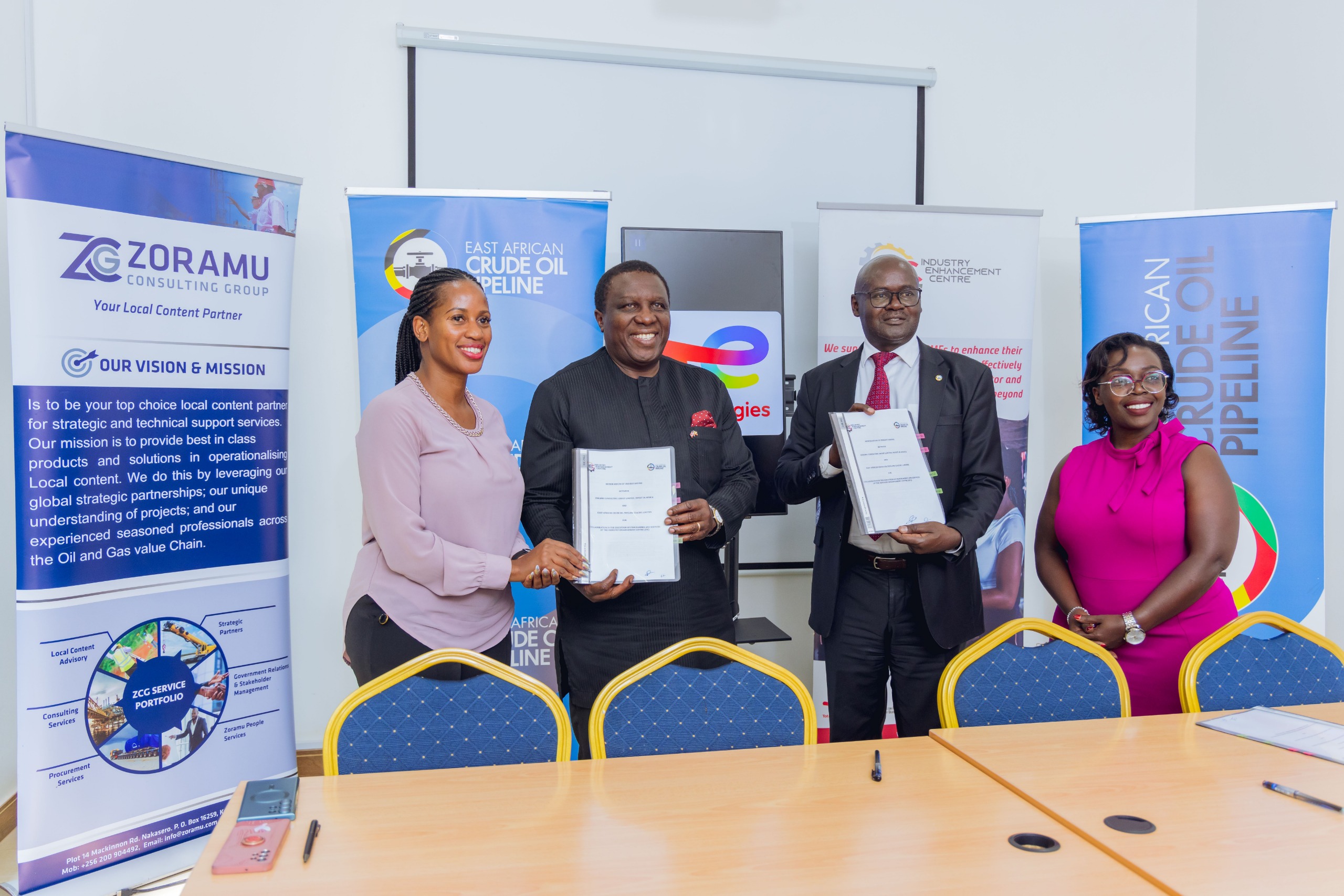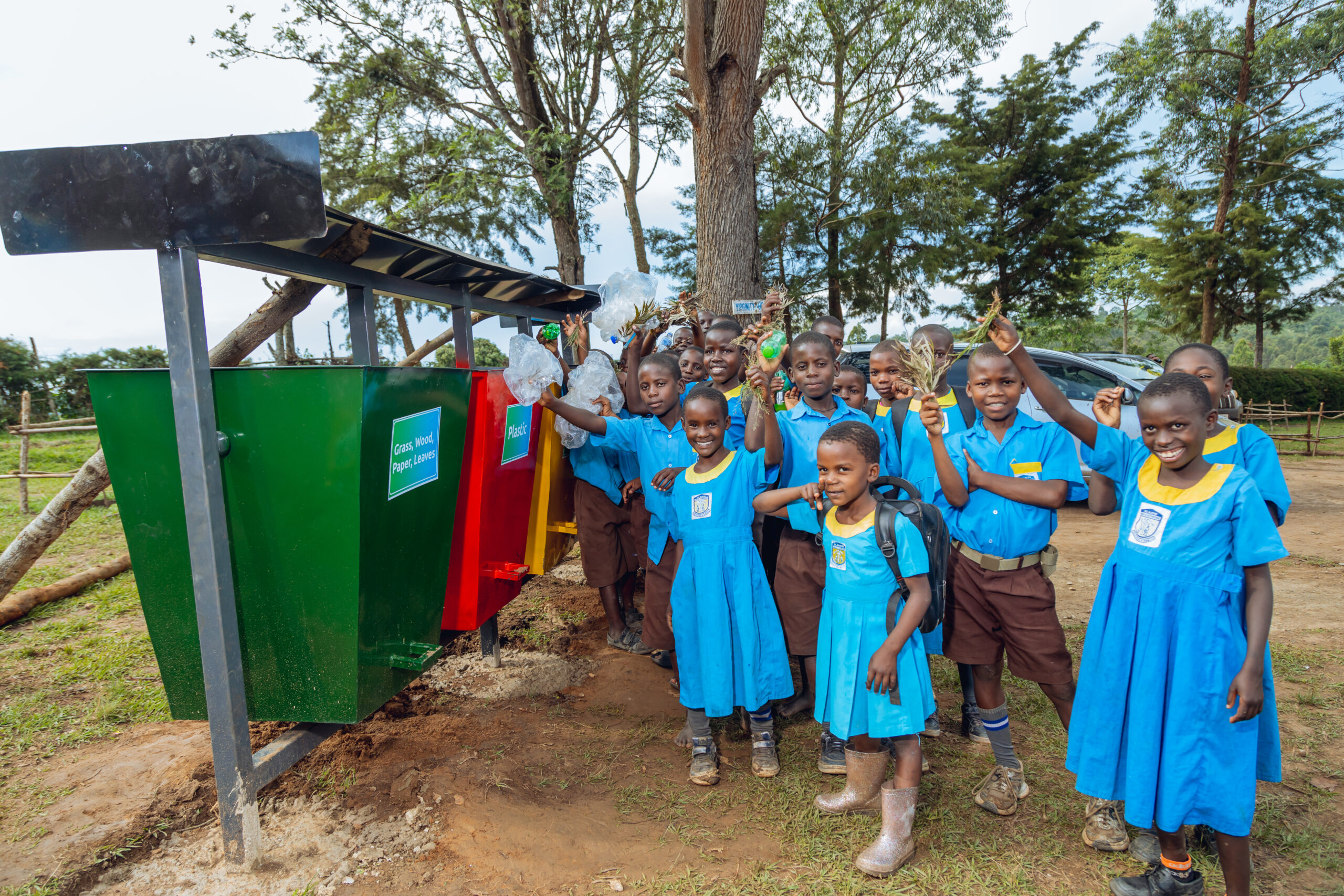Heavy rains turn Karamoja’s roads into death traps
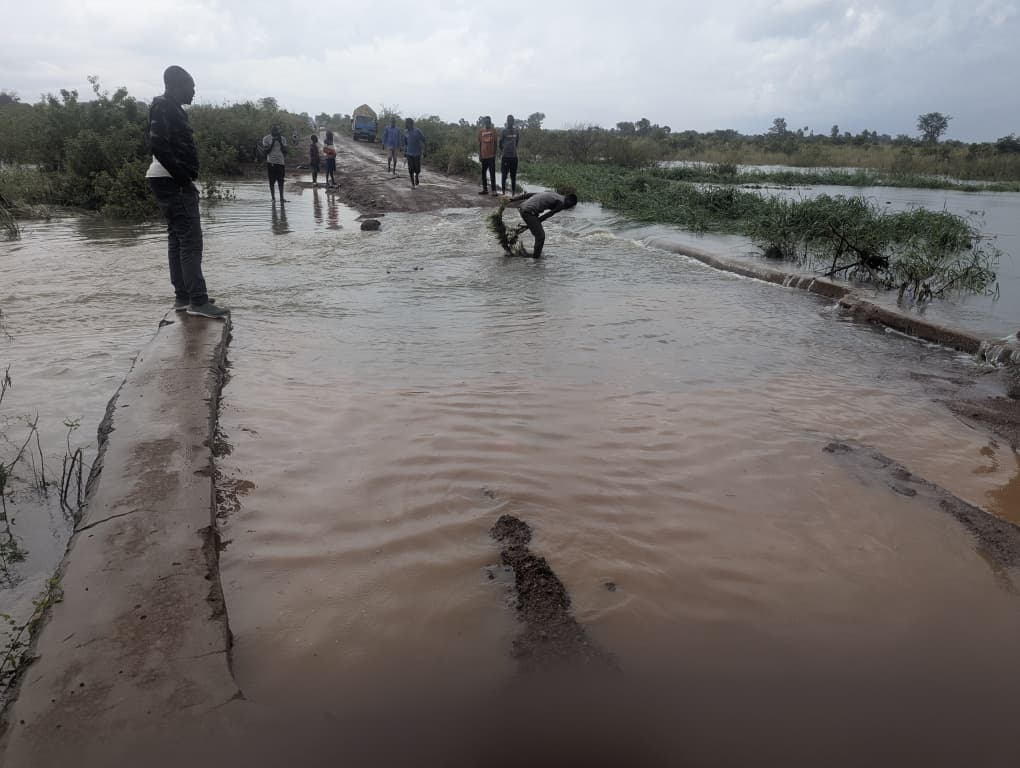
A local fisherman assesses the water depth, guiding small vehicles to cross safely while the Alito Bridge in Kapelebyong district along the Kotido-Soroti road is submerged
For decades, Karamoja has been known as one of Uganda’s driest regions, often stereotyped as hot, dusty, and barren. But since July this year, the region has experienced unusually heavy rains, transforming its landscape and bringing with it both opportunities and devastating challenges.
While residents welcome the rains as a potential boost for agriculture, the downpours have exposed serious infrastructural weaknesses, turning major roads into death traps, cutting off access to vital services, and claiming lives.
Roads washed away, lives lost
Several major roads in Karamoja are now impassable. The Soroti–Mbale–Karamoja route has been badly damaged, with one tragic incident leaving more than 30 passengers stranded when a bus attempted to cross a flooded bridge. An approximate of about five people were confirmed dead by drowning.
Other key routes, including Lira–Kotido via Abim, have also been rendered unusable. Bridges such as Apak and Kaguta are completely submerged. Travelers from Kotido and Abim are being forced to take longer detours through Moroto to reach Lira or Soroti, tripling both travel time and costs.
One resident recounted taking two days to travel from Lira to Kotido, a journey that should normally take less than half a day. “We slept on the way twice, and transport costs have quadrupled,” he said. A trip that used to cost 25,000 shillings now demands up to 80,000 shillings.
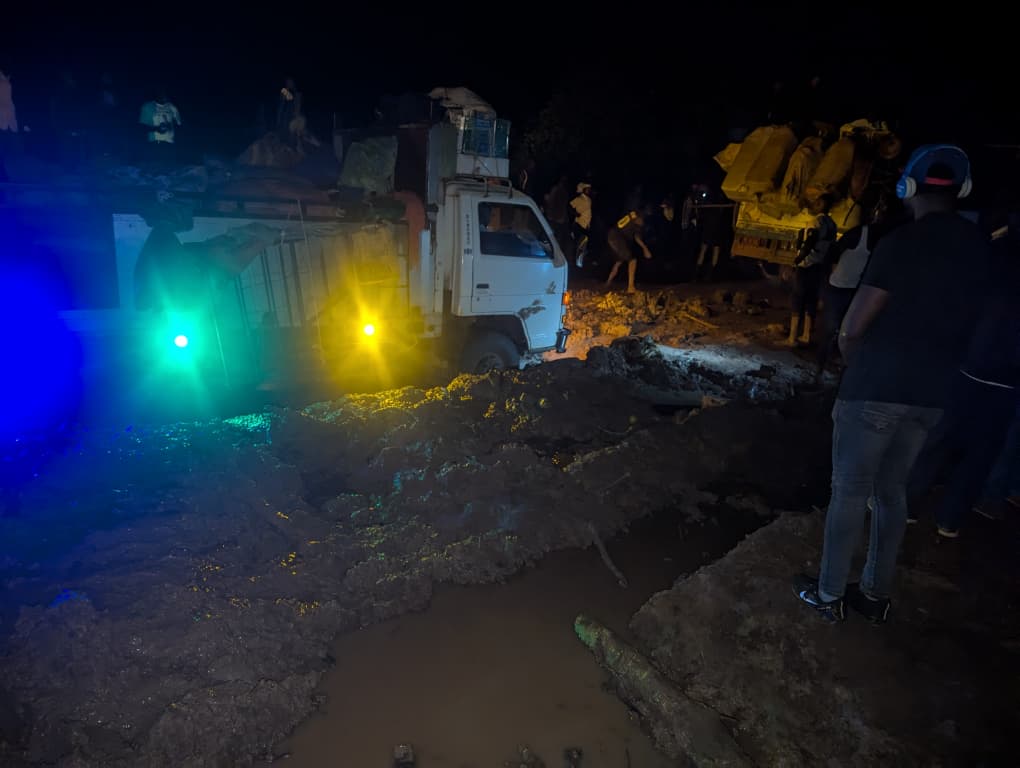
Poor road maintenance makes situation worse
Residents argue that while heavy rains are a factor, poor maintenance is the real culprit. Most of Karamoja’s roads are murram and have not been rehabilitated in years. The Lira–Kotido road, for instance, has gone nearly five years without maintenance, leaving it riddled with potholes. When rains come, these potholes worsen, and bridges are easily washed away.
“The rains are heavy, yes, but the truth is the roads have been neglected. The infrastructure was already weak,” one local explained.
Health services in crisis
The bad roads are not just an inconvenience they are a matter of life and death. Communities in sub-counties like Nakapelimoru, Napumpum, and Panyangara are now cut off from Kotido General Hospital, the main referral center in the district. Expectant mothers facing complications, malaria patients, and children battling anemia have been unable to access emergency care.
“This rainy season comes with a high prevalence of malaria, yet most people here don’t sleep under mosquito nets,” said a health worker. “Children are dying from preventable diseases, and the floods are making it worse.”
Several residents confirmed that mothers have died while in labor, while others suffering from malaria have been unable to reach health facilities. One heartbreaking case involved an eight-year-old boy who had just returned from a review at Mulago Hospital in Kampala. On the way home, he nearly drowned while attempting to cross a flooded bridge. He survived, but many others have not been as fortunate.
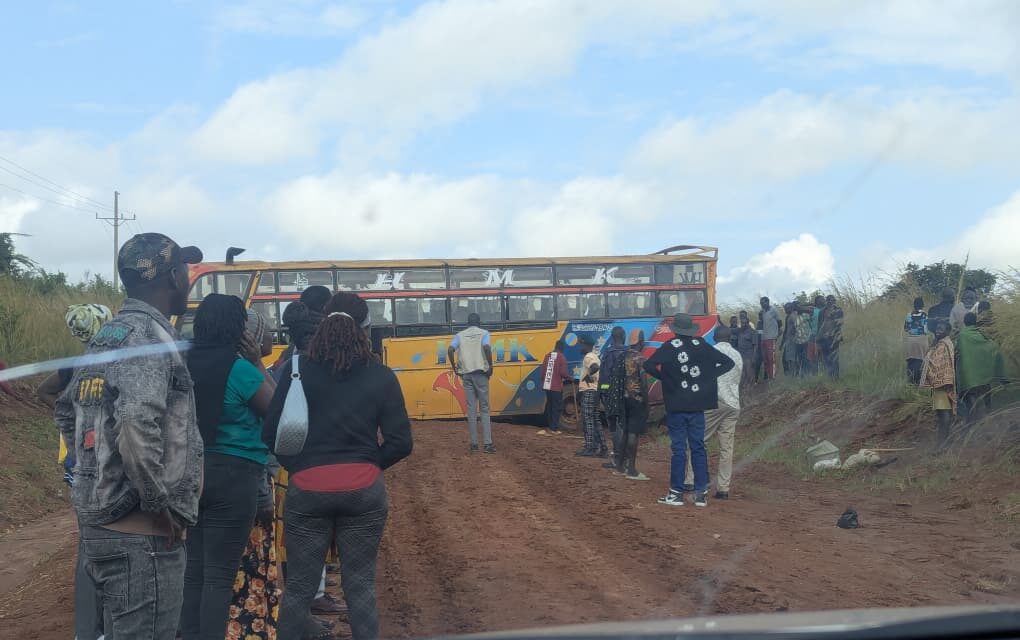
Government climate outlook confirms above-Normal Rainfall
The Ministry of Water and Environment, in its June–August 2025 Seasonal Climate Outlook, confirmed that the northeastern region which includes Karamoja; is expected to receive near-normal to above-normal rainfall this season.
According to the Ministry’s Permanent Secretary, Dr. Alfred Okot Okidi, the rainfall is being driven by regional and global climate systems, including the Inter-Tropical Convergence Zone and local factors like topography, large inland water bodies, and vegetation cover. The Ministry warned that such conditions would likely lead to flash floods, soil erosion, and road damage in low-lying areas.
“This forecast should guide planning in all climate-sensitive sectors to enhance economic resilience and community well-being,” the statement noted.
The Ministry has urged farmers in regions receiving above-normal rainfall to adopt soil conservation measures, harvest rainwater, and improve post-harvest handling to reduce losses. Communities were also advised to dig drainage channels and construct water trenches to minimize the impact of flash floods.
Call for urgent intervention
The situation in Karamoja has laid bare the region’s vulnerability to climate shocks and poor infrastructure planning. Locals are now calling on the Ministry of Works and Transport and the Ministry of Disaster Preparedness to urgently intervene before more lives are lost.
While the rains offer hope for improved agriculture in a historically dry region, the lack of resilient infrastructure has turned this blessing into a curse. Without immediate road repairs, improved drainage systems, and stronger bridges, Karamoja risks being completely cut off from the rest of Uganda during every rainy season.
For now, what was once known as the “hot Karamoja” has become the “cold and flooded Karamoja” and for its people, survival is becoming harder each day.


